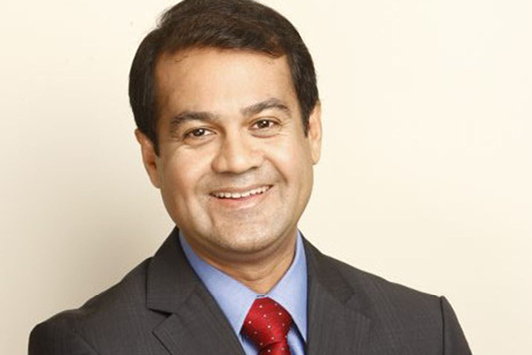
Mumbai’s Santacruz Electronic Export Processing Zone (SEEPZ) is India’s largest jewelry-manufacturing hub. The companies in the massive compound feel like they’re operating in a foreign country, enjoying a host of benefits on import and export tariffs in return for exporting 100% of the goods they manufacture.
What is SEEPZ?
Valuables worth millions of dollars cross the gates of SEEPZ — one of Mumbai’s most highly guarded areas — several times a day. Categorized as a special economic zone (SEZ), it started with only nine jewelry-manufacturing units in 1988 and today houses 150, spread over 111 acres. It accounts for about 50% of India’s total gold-jewelry exports, and its gem and jewelry division employs 35,000 to 40,000 people. With their cutting-edge manufacturing technology and their know-how of materials, these businesses provide a broad selection of exclusive products for overseas clients.
The zone provides numerous facilities and benefits to its firms and is an important mechanism for the nation’s foreign trade. Home to banks, a central warehouse, a foreign post office, an offshore banking unit, a foreign-currency exchange, a convention center, customs clearance, superior infrastructure, and foreign direct investment (FDI), SEEPZ is self-sufficient.
“SEEPZ is an export-manufacturing hub that offers the flexibility of completely tax-free offshore manufacturing with the unrestricted, duty-free movement of goods. The government policies and overall business environment are favorable, which enables the units in these zones to manufacture, produce, and trade goods at a lower price to make them globally competitive,” states Colin Shah, managing director of jewelry manufacturer Kama Schachter and chairman of the Gem & Jewellery Export Promotion Council (GJEPC).
Major clients
In the fiscal year that ended March 31, gem and jewelry exports from SEEPZ stood at $2.09 billion. While collectively, jewelry exports from all of India’s SEZs plummeted 50% in the pandemic-hit 2020-21 financial year, exports from SEEPZ in Mumbai dropped only 3.2%, proving its manufacturing capabilities even in times of stress.
The US, Hong Kong and the United Arab Emirates (UAE) are three of the top importers of jewelry from SEEPZ, accounting for almost a 75% share. The US represents more than 50% of the total, with exports there reaching $1.37 billion for 2020-21. Studded gold jewelry (worth $1.12 billion) and plain gold jewelry (worth $117 million) were the principal commodities SEEPZ shipped to the US during that fiscal year, with total gold-jewelry exports to the US reaching $1.23 billion. Natural and lab-grown polished diamonds, along with silver and platinum jewelry and other categories, round out the total export value.
Retailers like Walmart, Zales, Sterling Jewelers, Macy’s, JCPenney and Neiman Marcus are some of the biggest buyers of jewelry from SEEPZ. Many are also trusted suppliers to catalog, e-commerce and television retailers such as Amazon, UK-based catalog retailer Argos, and the US Jewelry Television network.
Core expertise
Jewelers like Kama Schachter, Hari Krishna, Jewelex, Goldstar Jewellery and Renaissance Global have invested millions in research, increasing their product-development capabilities dramatically over the last few years. Most units have dedicated centers: a separate complex, removed from the distractions of day-to-day production with an attached facility for sampling and a creative team of designers, computer-aided design (CAD) operators, model makers and merchandisers. The original designs and proprietary concepts they develop fuel the growth of jewelry exports.
SEEPZ offers overseas buyers the convenience of a one-stop shop with a working environment and production processes that are on par with international standards.
The cutting and polishing of natural and lab-grown diamonds also constitutes a small part of the zone’s activity and exports. However, many companies — including Hari Krishna and Jewelex — maintain their polishing operations in Surat, India’s main diamond manufacturing hub. Exports of polished lab-grown diamonds from across the country have ballooned from $63.5 million in the 2016-17 financial year to $626.3 million in 2020-21. But SEEPZ contributed just $480,000 of the latter.
The future
The wide range of jewelers operating in SEEPZ, the ease of doing business with companies there, and its proximity to an international airport all make the zone a favorite destination for international jewelry buyers. With the post-pandemic shift in global dynamics and politics, Shah is optimistic that India will see a lot more business in the coming years.”
“The future is bright for us in SEEPZ Mumbai, he says. “With new SEZ reforms coming and a lot of business shifting from China to India post-Covid-19, things are looking positive.”
Article from the Rapaport Magazine - September 2021. To subscribe click here.